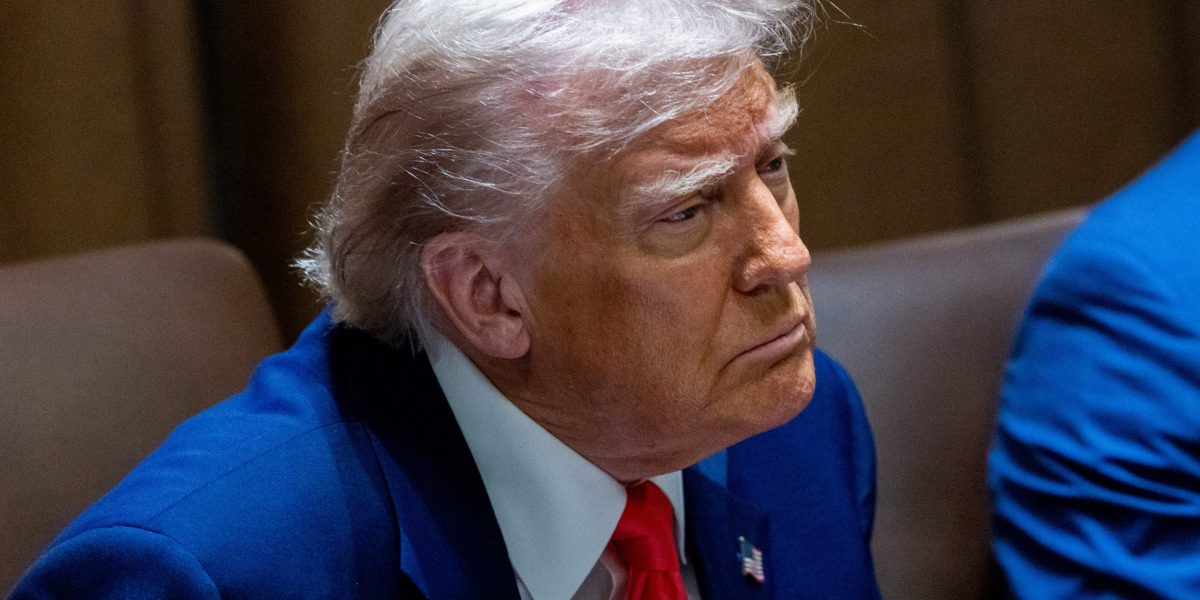Business
Artist of ‘distorted’ portrait says Trump complaint is harming her business of over 41 years

Business
CEO of helicopter sightseeing company whose New York chopper crash killed 6 fired director who agreed to ground flights
Business
The paralysis of trade war: ‘Almost every client I talk to has a war room,’ KPMG exec says, ‘and the members have completely dropped their day job’
Business
Employers are underestimating how burned out their workers are and it could be an expensive mistake
-

 Entertainment8 years ago
Entertainment8 years agoThe final 6 ‘Game of Thrones’ episodes might feel like a full season
-

 Politics8 years ago
Politics8 years agoCongress rolls out ‘Better Deal,’ new economic agenda
-

 Entertainment8 years ago
Entertainment8 years agoNew Season 8 Walking Dead trailer flashes forward in time
-

 Entertainment8 years ago
Entertainment8 years agoMod turns ‘Counter-Strike’ into a ‘Tekken’ clone with fighting chickens
-

 Tech8 years ago
Tech8 years agoMicrosoft Paint is finally dead, and the world Is a better place
-

 Tech8 years ago
Tech8 years agoHulu hires Google marketing veteran Kelly Campbell as CMO
-

 Tech8 years ago
Tech8 years agoFord’s 2018 Mustang GT can do 0-to-60 mph in under 4 seconds
-

 Politics8 years ago
Politics8 years agoIllinois’ financial crisis could bring the state to a halt







